Welcome chess enthusiasts! I’ve got a fascinating treat for you: the Slav Geller Gambit. This is an opening that packs a punch and can set your opponent on their heels if they’re not careful.
Before we dive into the waters of the Geller Gambit, let’s set the baseline. Picture the classic Queen’s Gambit. White moves 1.d4, asserting control in the center, and then follows up with 2.c4. This demands a response, and here’s where Black counters with the steadfast Slav Defense by playing 2…c6.

The gameplay often proceeds with the well-trodden paths of 3.Nf3 Nf6 and 3.Nc3. Black’s position bristles with potential avenues, but our focus narrows to a provocatively adventurous line where Black captures the pawn on c4 – a brash invitation to the dance of the Geller Gambit.
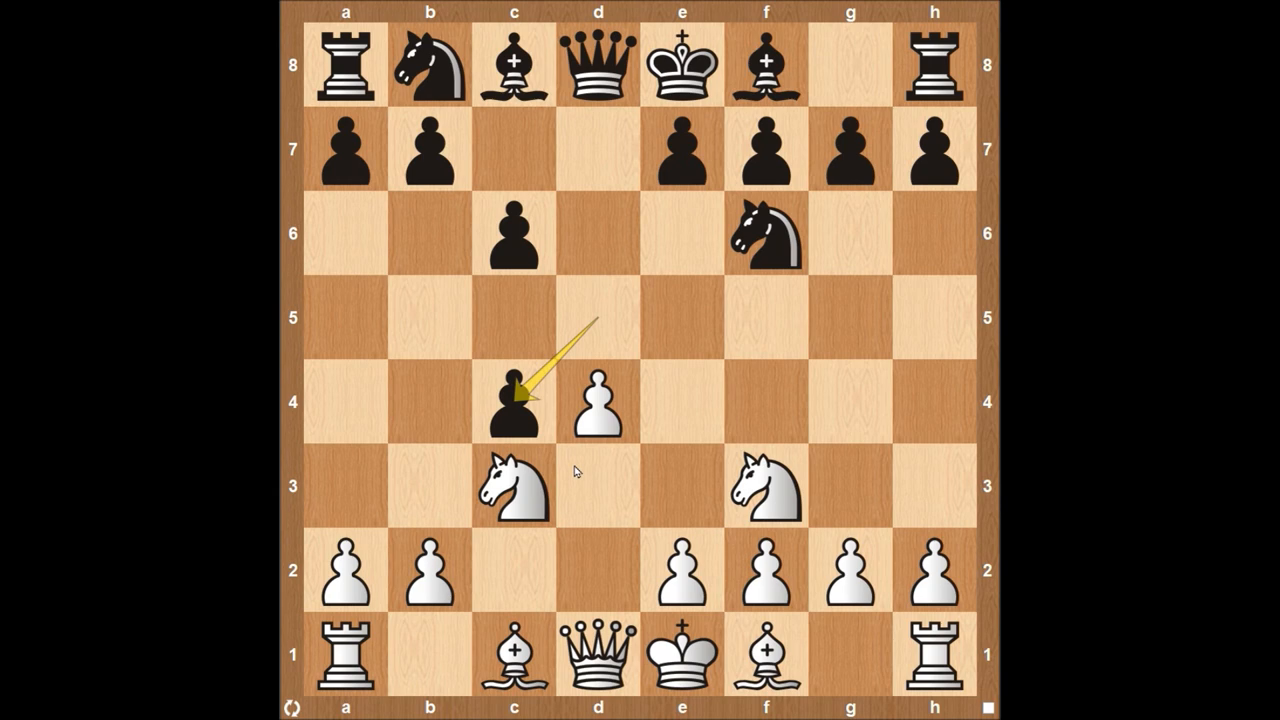
The primary response to Black’s pawn grab would be to play 4.a4, warding off Black’s b5 advance, or sliding into the textbook e3 move, reinforcing our center pawn chain while also prepping the stage for the bishop’s entrance to c4.
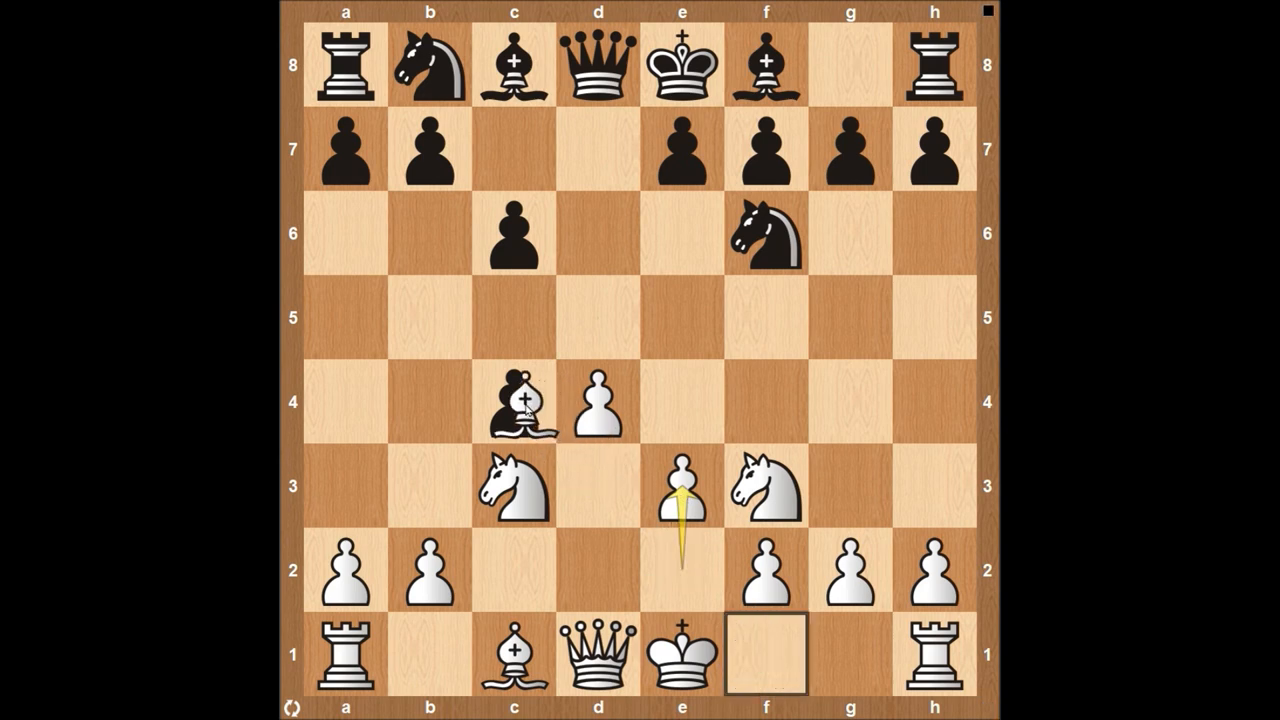
But, here comes the Geller Gambit with a mantra of its own: “Why tread a beaten path when you can carve your own?” Faced with the surrendered pawn, White sharpens the game with 4.e4, decisively challenging the center and sending a message – we’re not just playing to regain lost material; we’re playing for supreme board control.
“The Geller Gambit doesn’t play it safe but goes for the jugular by challenging Black’s center control vehemently.”

Black, usually preferring material security, will typically play 4…b5, clinging onto the c4 pawn. White’s optimal rebuke is to shepherd the bishop with 5.Be2.

Let’s explore what Black might lash back with, and pivot our plans accordingly.
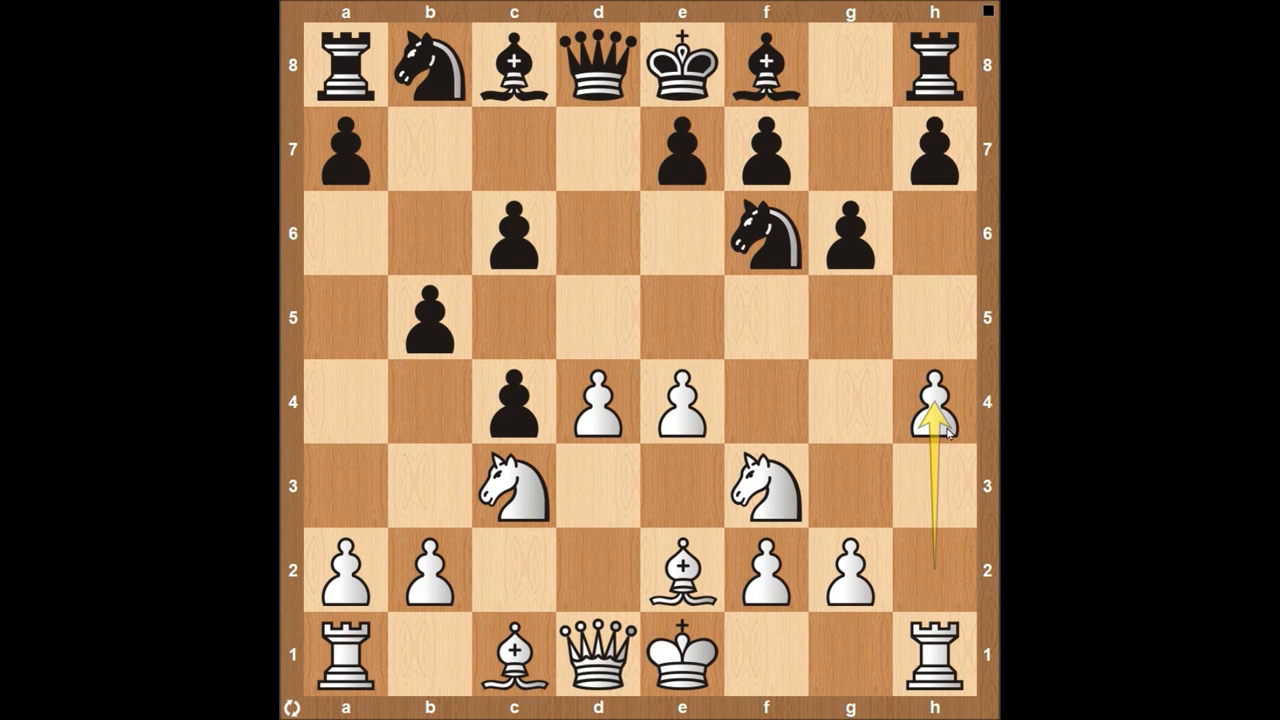

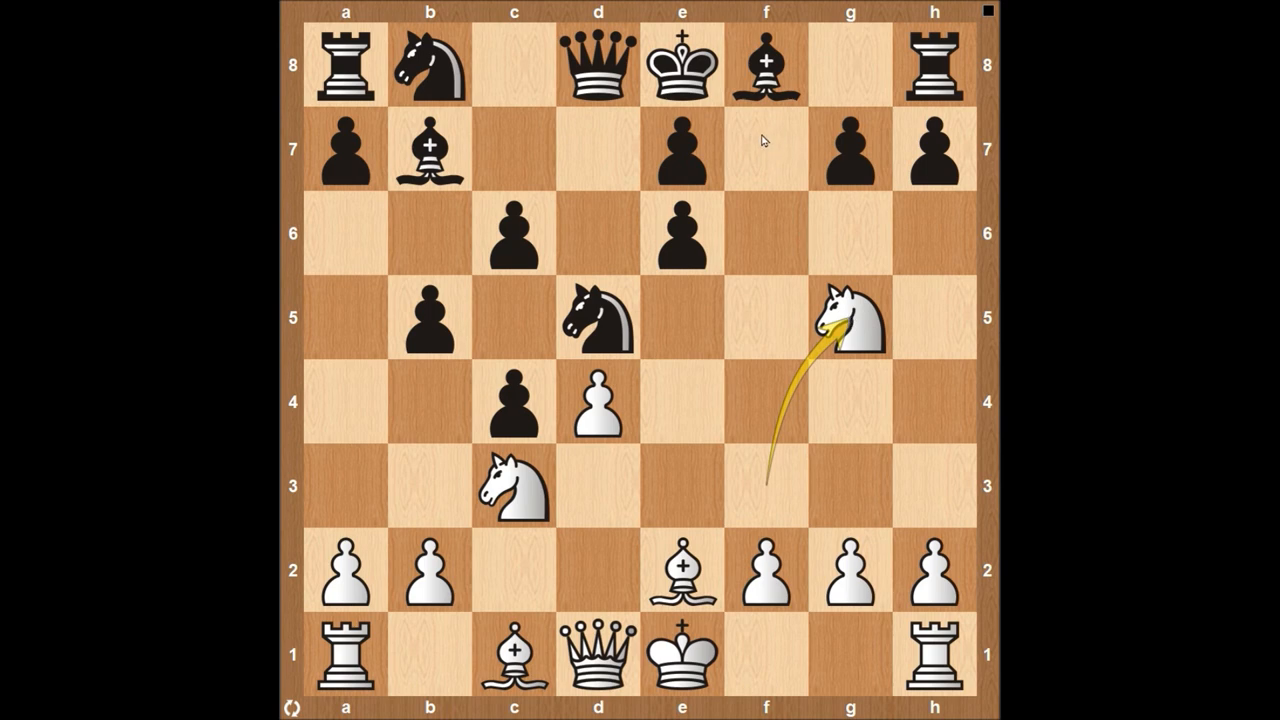
Let’s delve deeper into the rewards of an early h4, shall we?
Picture Black unfazed, playing 6…Bg7, or perhaps pressing 6…b4. If the bishop sets foot on g7, we thrust forward with 7.e5. If 7…Nd5, White then has the irresistible move 8.h5, shredding apart Black’s kingside, laying groundwork for potential captures on g6, and eyeing the champion move − placing the bishop onto c4 where it breathes fire across the diagonal.
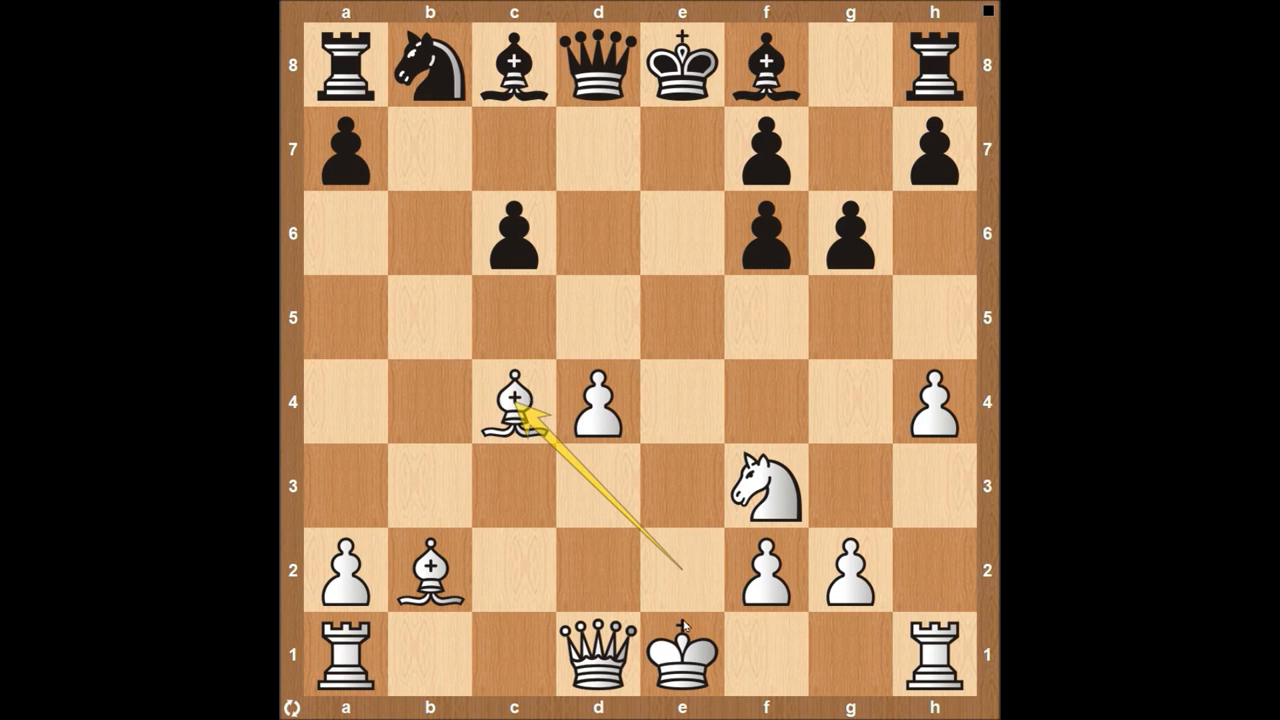
Conversely, if 6…b4 arrives, 7.e5 becomes our anthem. The knight’s retreat offers a cascade of trading opportunities. Should Black play 7…Bb7, 8.Kf1 sidesteps traditional king safety for unorthodox rook deployment. Here, the king becomes a warrior too, bolstering the offensive line, menacing the bewildered black forces.
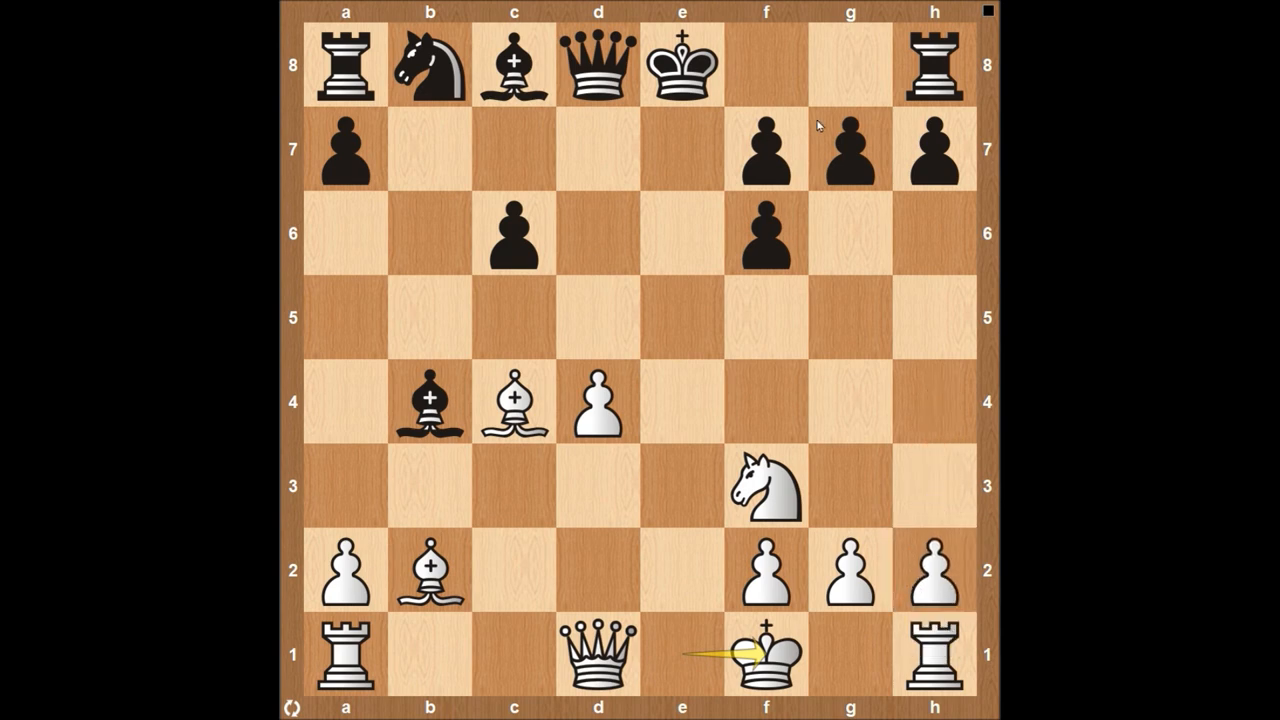
The Slav Geller Gambit offers a veritable trove of tactical dynamism, placing your adversary under a microscope of complex decision-making. So, if you’re accustomed to the Queen’s Gambit and occasionally spar with the Slav, I implore you to give this gambit a whirl!
Thank you for joining this strategic journey. May your board endeavors be bold and triumphant chess aficionados!